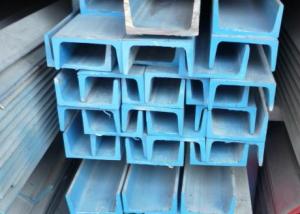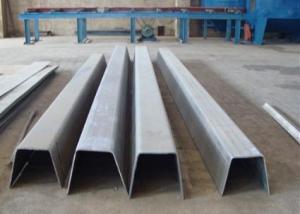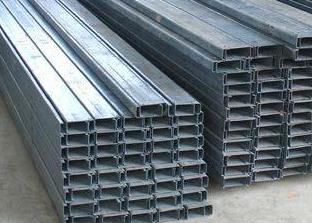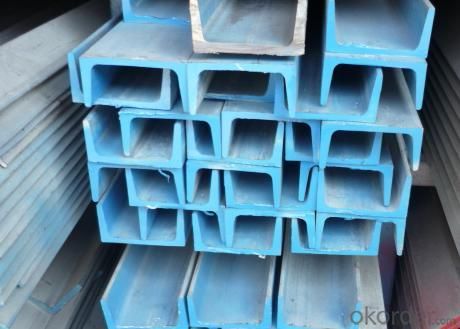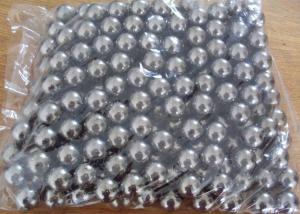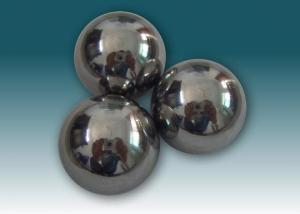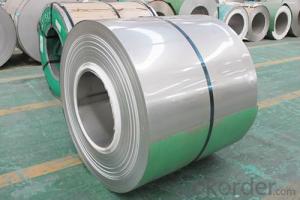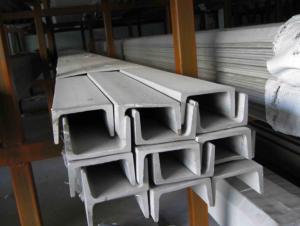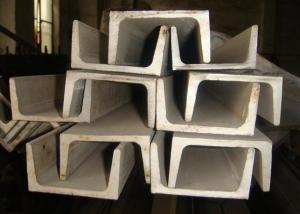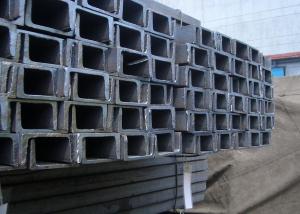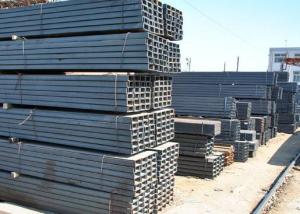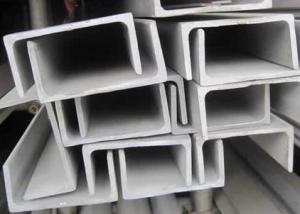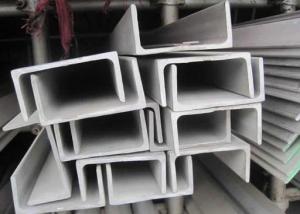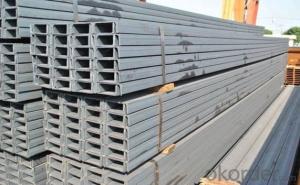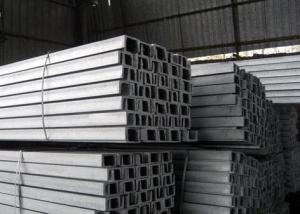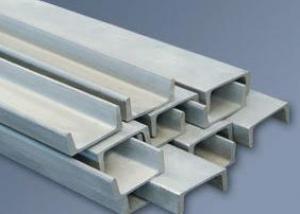Prime Stainless Steel Channels
- Loading Port:
- China Main Port
- Payment Terms:
- TT or LC
- Min Order Qty:
- 5 Tons m.t.
- Supply Capability:
- 1000 Tons Per Month m.t./month
OKorder Service Pledge
OKorder Financial Service
You Might Also Like
Stainless Steel Channel
1.Size: 3mm to 24mm Thickness
2.Material:SUS201,202,301,304,304L,316,316L ,321 etc.
3.Length: 4m to 6m,or according to the customer's requirement
4.Standard: AISI,JIS,GB,DIN
5.Finish: Cold Drawn ,hot rolled & Polishing
6.Testing: Each heat number and batch must be tested for both chemical and mechanical properties
7.Application: Produce screw and nut, engine parts, indoor and outdoor decorating,etc.
|
Size (mm) |
Thickness (mm) | ||||||||
|
H×B |
3 |
4 |
5 |
6 |
7 |
8 |
9 |
10 |
12 |
|
Mass (Kg/m) | |||||||||
|
40×20 |
1.79 |
|
|
|
|
|
|
|
|
|
50×25 |
2.27 |
|
|
|
|
|
|
|
|
|
60×30 |
2.74 |
3.56 |
4.37 |
5.12 |
|
|
|
|
|
|
70×35 |
3.23 |
4.21 |
5.17 |
6.08 |
|
|
|
|
|
|
80×40 |
3.71 |
4.84 |
5.96 |
7.03 |
|
|
|
|
|
|
90×45 |
4.25 |
5.55 |
6.83 |
8.05 |
|
|
|
|
|
|
100×50 |
4.73 |
6.18 |
7.62 |
8.98 |
10.3 |
11.7 |
13 |
41.2 |
|
|
120×60 |
|
|
9.2 |
10.9 |
12.6 |
14.2 |
|
|
|
|
130×65 |
|
|
10.1 |
11.9 |
13.8 |
15.5 |
17.3 |
19.1 |
|
|
140×70 |
|
|
|
12.9 |
14.9 |
16.8 |
18.8 |
20.7 |
|
|
150×75 |
|
|
|
13.9 |
16 |
18.1 |
20.2 |
22.2 |
26.3 |
|
160×80 |
|
|
|
14.8 |
17.1 |
19.3 |
21.6 |
23.8 |
28.1 |
|
180×90 |
|
|
|
16.7 |
19.4 |
22 |
24.5 |
27 |
32 |
|
200×100 |
|
|
|
18.6 |
21.6 |
24.5 |
27.4 |
30.2 |
35.8 |
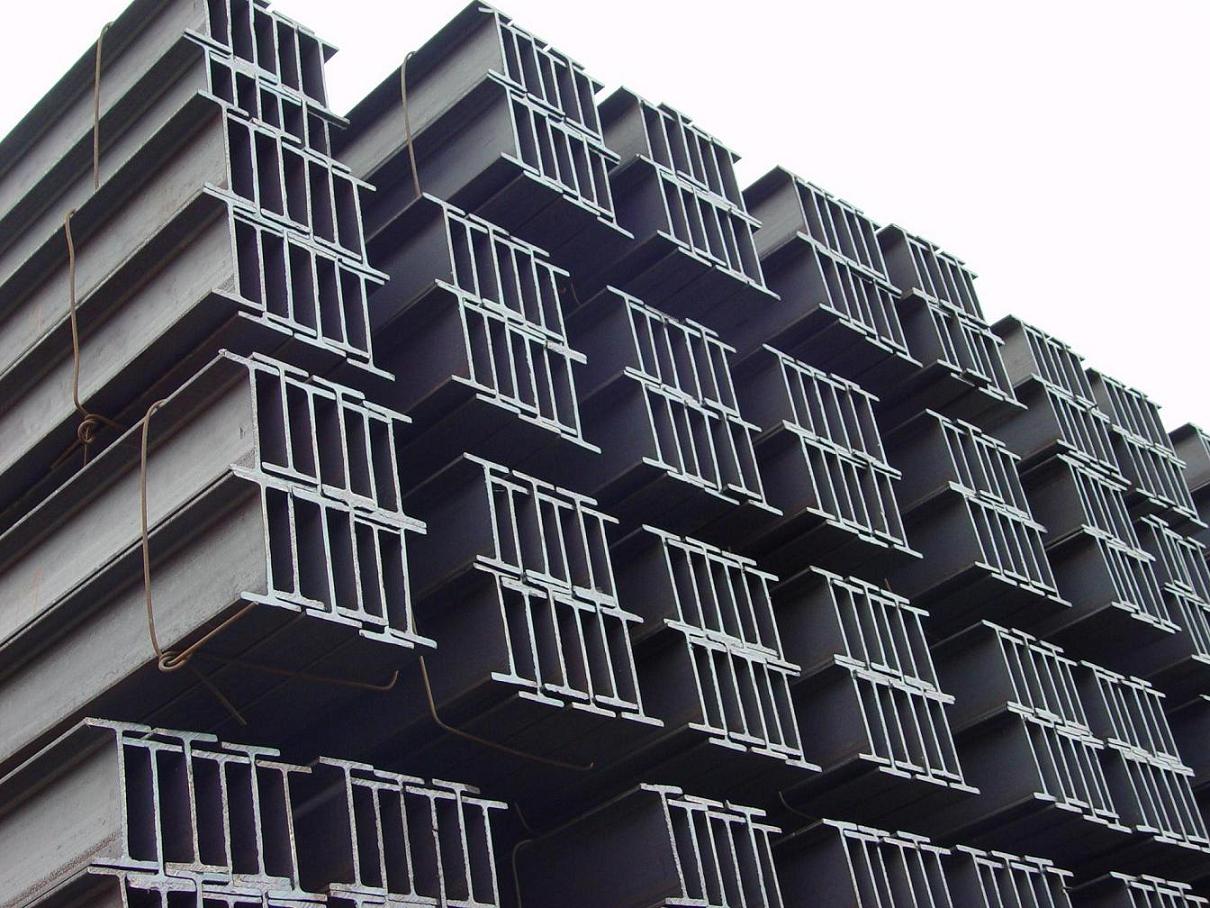

- Q:Can stainless steel channels be used in railway applications?
- Railway applications can indeed utilize stainless steel channels. Stainless steel, being a durable and corrosion-resistant material, proves suitable for a range of railway components. Track supports, bridge structures, signaling and electrification equipment, and other railway infrastructure can all benefit from stainless steel channels. Moreover, train carriages can incorporate these channels for interior fittings and fixtures. The high strength-to-weight ratio of stainless steel, coupled with its resistance to extreme temperatures and environmental conditions, ensures its reliability in railway applications. Furthermore, the flexibility of easily fabricating and welding stainless steel channels enables them to meet specific design requirements, enhancing their suitability for railway use.
- Q:Can stainless steel channels be used in the construction of handrails?
- Yes, stainless steel channels can be used in the construction of handrails. Stainless steel channels provide durability, strength, and resistance to corrosion, making them suitable for outdoor and indoor applications. They can be easily fabricated to meet the specific design requirements of handrails and offer a sleek and modern aesthetic.
- Q:Can stainless steel channels be used for glass railing systems?
- Glass railing systems can indeed utilize stainless steel channels. These channels are highly favored in glass railing systems because of their robustness, long-lasting nature, and resistance to corrosion. Their specific design ensures that glass panels are securely held in place, resulting in a sleek and contemporary appearance while guaranteeing the safety of the railing system. These channels can be affixed onto various surfaces like walls or posts and are available in a range of sizes and profiles to accommodate different glass thicknesses and design preferences. Moreover, stainless steel channels can be personalized with different finishes such as brushed or polished, to seamlessly blend with the surrounding space's aesthetic. All in all, stainless steel channels present a dependable and adaptable option for glass railing systems.
- Q:Can stainless steel channels be welded or soldered together?
- Stainless steel channels have the ability to be connected through welding or soldering. Welding serves as a prevalent technique in amalgamating stainless steel channels due to its capacity to form a sturdy and long-lasting bond. This procedure entails the fusion of the channel edges by melting them and utilizing a filler material. Conversely, soldering employs a filler material with a lower melting point to unite the channels. Although soldering may not yield a bond as robust as welding, it can still be employed in certain scenarios where a weaker joint is acceptable. Ultimately, the decision to opt for welding or soldering hinges upon the specific requirements and intended application of the stainless steel channels.
- Q:Are stainless steel channels resistant to staining or discoloration?
- Stainless steel channels exhibit exceptional resistance against staining or discoloration. This material is specifically engineered to withstand corrosion, stains, and discoloration resulting from exposure to moisture, chemicals, or other environmental factors. The inclusion of at least 10.5% chromium in the stainless steel composition creates a protective layer on the steel surface, effectively preventing the occurrence of stains and discoloration. Furthermore, stainless steel channels can be further fortified with various finishes or coatings to provide even greater resistance against staining or discoloration. In summary, stainless steel channels are an extremely reliable and long-lasting choice for applications that require paramount resistance against staining or discoloration.
- Q:Are stainless steel channels suitable for framing modular structures?
- Yes, stainless steel channels are suitable for framing modular structures. Stainless steel is a durable and corrosion-resistant material that provides structural strength and stability. It is commonly used in construction due to its ability to withstand harsh environments and maintain its integrity over time. Stainless steel channels offer versatility in design and can effectively support modular structures, making them a suitable choice for framing applications.
- Q:Are stainless steel channels resistant to saltwater?
- Stainless steel channels have a remarkable ability to resist the effects of saltwater. The corrosion resistance of stainless steel is widely recognized, making it an ideal material for use in saltwater environments. The high chromium content found in stainless steel creates a protective layer on the surface, preventing the metal from reacting with saltwater and other corrosive elements. This resistance to saltwater corrosion has led stainless steel channels to become a popular choice in marine and coastal applications, including shipbuilding, offshore platforms, and coastal infrastructure. Moreover, stainless steel channels can endure the harsh conditions of saltwater without compromising their structural integrity or aesthetic appeal, ensuring they remain a durable and long-lasting solution for saltwater environments.
- Q:What are the packaging options for stainless steel channels?
- Some common packaging options for stainless steel channels include bundles, wooden crates, cardboard boxes, or plastic wrapping. These packaging options help protect the channels during transportation and storage, ensuring they arrive at their destination in good condition.
- Q:Can stainless steel channels be used in cryogenic or low-temperature applications?
- Stainless steel channels are capable of being utilized in cryogenic or low-temperature scenarios. The exceptional corrosion resistance and impressive strength of stainless steel make it appropriate for various temperature ranges. In cryogenic or low-temperature settings, where temperatures can plummet to extreme levels, stainless steel maintains its mechanical properties and avoids becoming brittle, unlike certain alternative materials. Furthermore, stainless steel possesses low thermal conductivity, aiding in the preservation of temperature stability within the system. Thus, stainless steel channels are a dependable choice for furnishing structural support and functionality in cryogenic or low-temperature applications, guaranteeing durability and reliability in these challenging conditions.
- Q:How do stainless steel channels perform in cyclic loading conditions?
- Stainless steel channels generally perform well in cyclic loading conditions due to their high strength, durability, and resistance to corrosion. These factors make them suitable for applications where repeated or fluctuating forces are applied, as they can withstand the stress and maintain their structural integrity over time.
1. Manufacturer Overview |
|
|---|---|
| Location | Jiangsu, China |
| Year Established | 2010 |
| Annual Output Value | above US$8 million |
| Main Markets | East Asia, Middle East, West Europe |
| Company Certifications | |
2. Manufacturer Certificates |
|
|---|---|
| a) Certification Name | |
| Range | |
| Reference | |
| Validity Period | |
3. Manufacturer Capability |
|
|---|---|
| a)Trade Capacity | |
| Nearest Port | Shanghai |
| Export Percentage | |
| No.of Employees in Trade Department | above 50 people |
| Language Spoken: | English, Chinese, Arabic |
| b)Factory Information | |
| Factory Size: | about 15000 square meter |
| No. of Production Lines | above 4 |
| Contract Manufacturing | OEM Service Offered,Design Service Offered |
| Product Price Range | Average |
Send your message to us
Prime Stainless Steel Channels
- Loading Port:
- China Main Port
- Payment Terms:
- TT or LC
- Min Order Qty:
- 5 Tons m.t.
- Supply Capability:
- 1000 Tons Per Month m.t./month
OKorder Service Pledge
OKorder Financial Service
Similar products
New products
Hot products
Hot Searches
Related keywords
